Six days ago, Havana celebrated its 505th anniversary. But what if I told you that the date is not correct?
On November 16, I decided to participate in the tradition of circling the ceiba tree three times and found myself at a conference given by the historian (and in my opinion, an excellent storyteller) Ciro Bianchi.
Today I’m talking about an uncertain foundation, historical errors, and of course, the ceiba tree located in the Templete. Let’s get started...
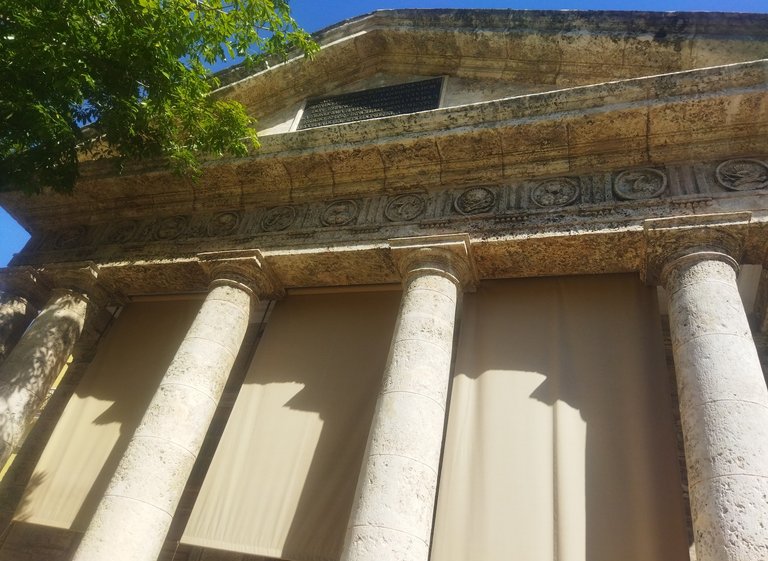
Uncertain Foundation
Like all settlements, the Spaniards arriving in the New World sought to have the best resources as close to the coast as possible. The case of Havana was no different.
The first Spaniards moved several times before settling near the bay; what is now Old Havana and Regla. All for the comfort and geographical and strategic safety that the Bay of Havana offered.
This would be definitive for the development of the future capital.
The mystery surrounds why November 16 is celebrated as the day of the foundation.
The truth is that the Spaniards named cities after the saint celebrated on nearby dates. Havana was called Villa de San Cristóbal.
The feast of San Cristóbal is celebrated on July 10.
In fact, the Cathedral of Havana (which we’ll talk a bit about in this post) is dedicated to this saint.
According to Ciro Bianchi, this is the most likely scenario. The Spaniards didn’t follow to much the calendar by months but by the year.
Proof of this is that there was an inscription in Latin at the Templete confirming that it was founded in 1515 and not 1519.
Other historians say that the city was indeed founded on November 16, but it was named in honor of San Cristóbal, as he is the patron saint of navigation.
And if you want to know why Havana? Let me know in the comments, and in future posts, we’ll explore the city to find answers.
Which story do you prefer? Ciro’s and the previous date, or that of other historians? I stick with Ciro.
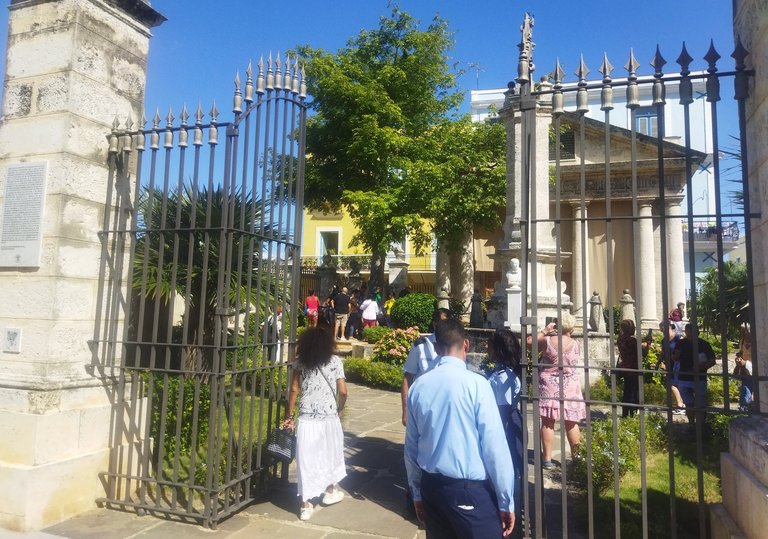
The Templete
In the Plaza de Armas, right next to the Castillo de la Real Fuerza (which we talked about here), there is a “small” temple with a ceiba tree.
This is where the “supposedly” first mass for the foundation of the city took place.
Supposedly because it is also believed that the location isn’t exact. While historical documents record that it was to the west of the castle, the truth is that the exact distance is unknown. Only that, by order of a higher authority, a column was erected declaring it. Where the captain commands, the soldier does not.
The most important thing about the Templete isn’t the place itself, but the entire tradition surrounding it.
It is said that the Spaniards, once they felt comfortable after settling, sought a ceiba tree that appeared strong and held the first mass and town council of the city, which gave it its name.
In the Villa de San Cristóbal, it wouldn’t be any different.
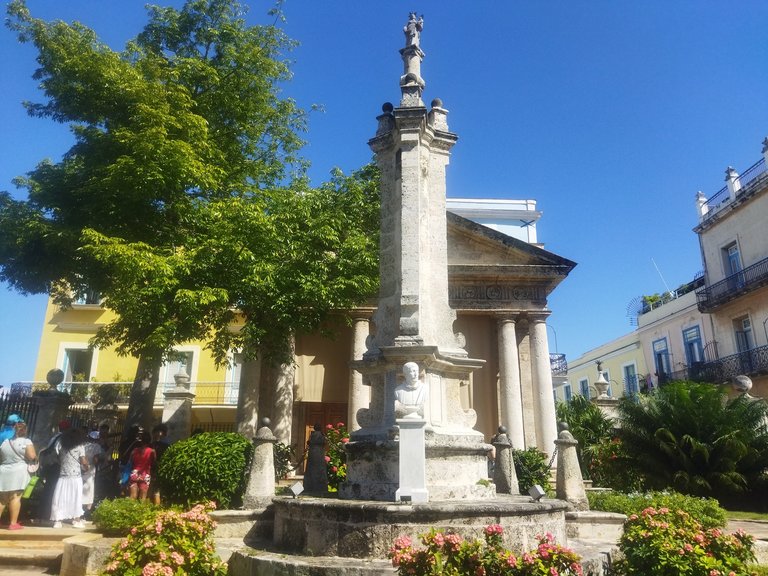
Of course, the ceiba that stands today, despite its good size, is not very old. Since 1519, the ceibas have had to be replanted several times.
The ceibas have withstood attacks from French and British pirates. They have resisted the sea, cyclones, and even the country’s poor management. These ceibas have been renewed more than the environment surrounding them.
What’s certain is that the tradition involving them remains intact.
The Circling of the Ceiba
Every November 16, Cubans and foreigners gather at the Templete to circle the ceiba tree three times. (There are tourist companies that offer exclusive packages for this date.)
No more, no less: Three circles.
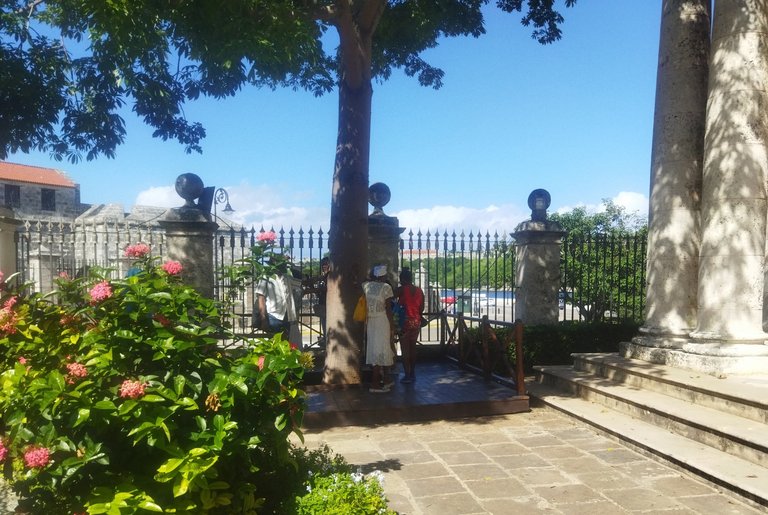
After the three circles (or during them), you must make a wish and return the following year.
If your wish comes true, you must thank the ceiba and can make a new one (you can never be greedy, or it won’t listen to you)
If it doesn’t come true, you’ll have to repeat the process. According to tradition, at the right moment, the ceiba will hear you.
I’m not a strong believer in this, but I do enjoy seeing how people come from far away to circle the ceiba. Some throw money, others call family members abroad, and children learn the tradition.
It’s a lovely moment (considering that in Cuba, there aren’t many traditions or celebrations that aren’t associated with the government).
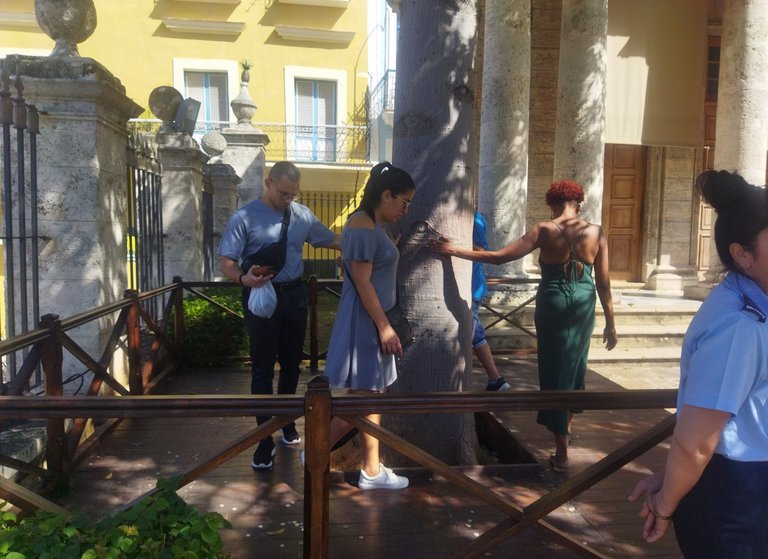
This year, I arrived around noon, and there weren’t many people. Maybe because of the sun, the hour, or the sad reality the country is facing.
The Templete welcomed all visitors in its full splendor. The workers explained the history in great detail. It’s a shame that the interior of the small temple is under restoration. Inside, there are some wonderful murals.
Although I don’t believe in the outcomes of the circling, I wanted to experience the tradition like the first time my parents talked to me about it and took me to do it, so I circled the tree and made my wish. We’ll see if it comes true.
What I enjoyed most about the day was being able to relive my childhood. The first time I came with my parents, and this time, after many years, I returned with my mom and sister. I pass by this place every month, but it had been a long time since I last visited, and reliving it all delighted me.
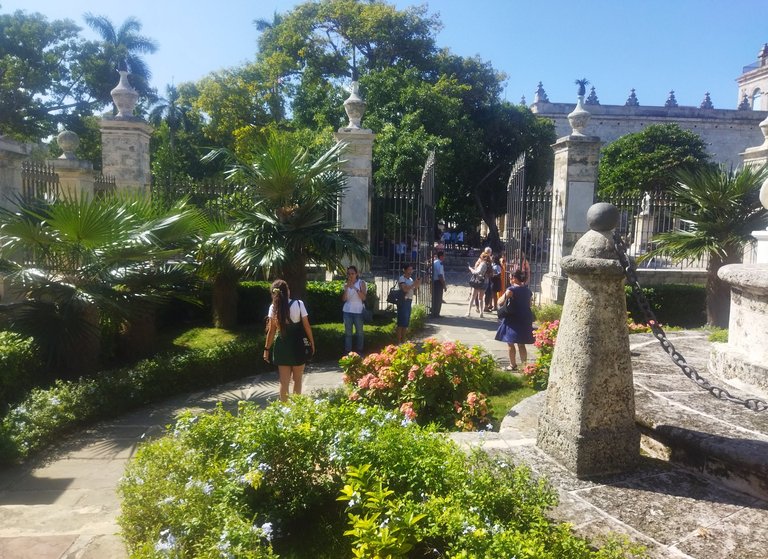
Now it’s your turn—tell me about your city! Does it have any peculiar stories like Havana? Or just comment whatever you like; it will be a pleasure to learn about your city.
Read you soon!
[dahpilot]
All photos are mine.

What a beautiful story you tell us, full of tradition. Answering your question, I don't think that in my city there is a tradition or something similar to this, the truth is that nothing comes to mind, but I think it's great that it is kept alive and passed on from generation to generation.
I hope you will tell us later if your wish came true.
Maybe not in the city, but what about in the country? What is the tradition you enjoy the most?
The ceiba is a very beautiful tradition, and there are people who claim that the ceiba has granted their wishes. If it grants mine, I will say it here and change my opinion about the tradition 😅
Every November 18, the Bajada de la Virgen de la Chiquinquirá is celebrated in the country.... It is usually from a state in the west of the country, but the tradition is so big that it covers the whole country.
The Virgin comes down to be with her people, which ends in a big party full of gaiteros (musicians) and brighten up the atmosphere that already becomes festive.
Hello @dahpilot, since you invite us to comment on some local tradition, I will tell something about a Madrilenian tradition that I know from my mother, who was a modistilla.
Every June 13, the modistillas of Madrid went to the Ermita, deposited 13 pins in the holy water font, then put their hand in the water and pressed their hand against the pins. The number of pins they stuck was the number of suitors they would have that year.
I don't know if the tradition continues, I suppose it does, but now without modistillas.
Waiting for more stories about Havana, I bid you farewell.
A very strong hug.
I was reading about the tradition and I loved what it's about.
My great-grandmother was a modistilla too; I grew up among fabrics and needles here in Havana, which is why I enjoyed reading about this tradition. From what I read, it has become a tourist tradition just like ours with the ceiba
That said, I marked it on my calendar to live it soon. Madrid, always Madrid
I believe that on that calendar date there will be someone waiting in Madrid.
Abrazo.
Interesting... Ciro is a great researcher.
And the ceibas (or that land where it has been planted and replanted several times) is perhaps telling us something, loudly, but nobody listens. 😉
You're definitely right, I had never seen it that way 😅, but do you think anyone from the higher-ups will listen to what nature itself is saying?
We'll see how long this ceiba lasts 😐
You can check out this post and your own profile on the map. Be part of the Worldmappin Community and join our Discord Channel to get in touch with other travelers, ask questions or just be updated on our latest features.
Congratulations, your post has been added to the TravelFeed Map! 🎉🥳🌴
Did you know you have your own profile map?
And every post has their own map too!
Want to have your post on the map too?
- Go to TravelFeed Map
- Click the create pin button
- Drag the marker to where your post should be. Zoom in if needed or use the search bar (top right).
- Copy and paste the generated code in your post (any Hive frontend)
- Or login with Hive Keychain or Hivesigner and click "create post" to post to Hive directly from TravelFeed
- Congrats, your post is now on the map!
PS: You can import your previous Pinmapple posts to the TravelFeed map.Opt Out
Congratulations @dahpilot! You received the biggest smile and some love from TravelFeed! Keep up the amazing blog. 😍 Your post was also chosen as top pick of the day and is now featured on the TravelFeed front page.
Thanks for using TravelFeed!
@for91days (TravelFeed team)
PS: You can now read your favourite travel blogs on your phone. Plus, blogging on-the-go just got easier! Download our app on the Apple App Store or get it on Google Play.
@dahpilot, you're rewarding 3 replies from this discussion thread.